I spent seven years talking to Jimmy Savile – it was all a game for him, a twisted thrill
As Steve Coogan portrays the serial sex offender in ‘The Reckoning’, Dan Davies – whose book the BBC drama was partly based upon – reveals how the man he came to know uncomfortably well wore his ‘oddness’ as a badge of honour that allowed him to hide in plain sight as an abuser of ‘things, bodies and people’
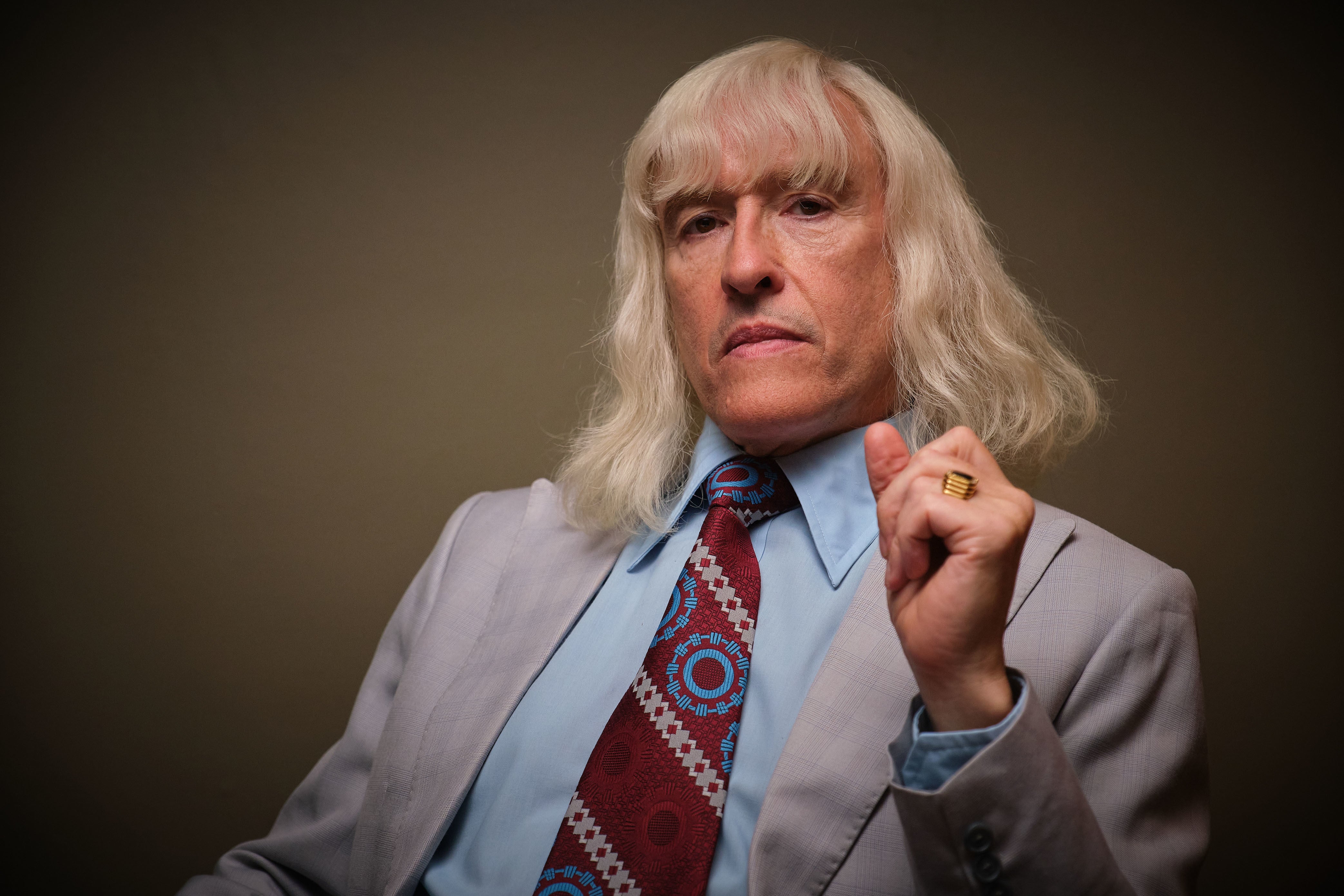
Of all the many places I interviewed Jimmy Savile, The Athenaeum Club in London was perhaps the most revealing. It was 2008 and I was researching a magazine story about the extraordinary influence he had and the connections he’d made and cultivated over the course of his 80-plus years.
The article for Esquire was the latest in a series of pieces that attempted to reveal what lay beyond the jewellery, the helmet of white hair and the billowing clouds of cigar smoke. During that time I stayed with him at his flats in Leeds and Scarborough. The former, a penthouse apartment overlooking Roundhay Park, was decorated with mementos from his many different careers: mining, cycling, pop music, wrestling, radio, television and beyond. The latter, which he’d bought for his mother, Agnes, who he called “The Duchess”, was where he went to feel close to her.
It was Savile’s choice to meet at the grand Pall Mall home of the private members club once frequented by the likes of Charles Dickens, Charles Darwin and Winston Churchill. It was a fitting venue to emphasise how successfully and deeply he had penetrated the British establishment.
I found him sitting in a leather armchair in the huge and ornate drawing room. He was dressed uncharacteristically in a dark suit with his Knight Bachelor insignia hanging around his neck. “I can get in to see anyone,” he boasted. “Why? Because I’m odd.”
To Savile, oddness was something he wore with as much pride as his knighthood. He had spent that morning at 10 Downing Street, attending a ceremony to mark the contribution of the Bevin Boy miners in the Second World War. His wartime service in the pits was just one detail in a vast mosaic of stories that he used to deflect attention away from the truth. It was by no means the first time he had visited the prime minister’s residence. Savile joined The Athenaeum Club in 1983. He told me that his application was supported by Cardinal Basil Hume and “two former prime ministers”.
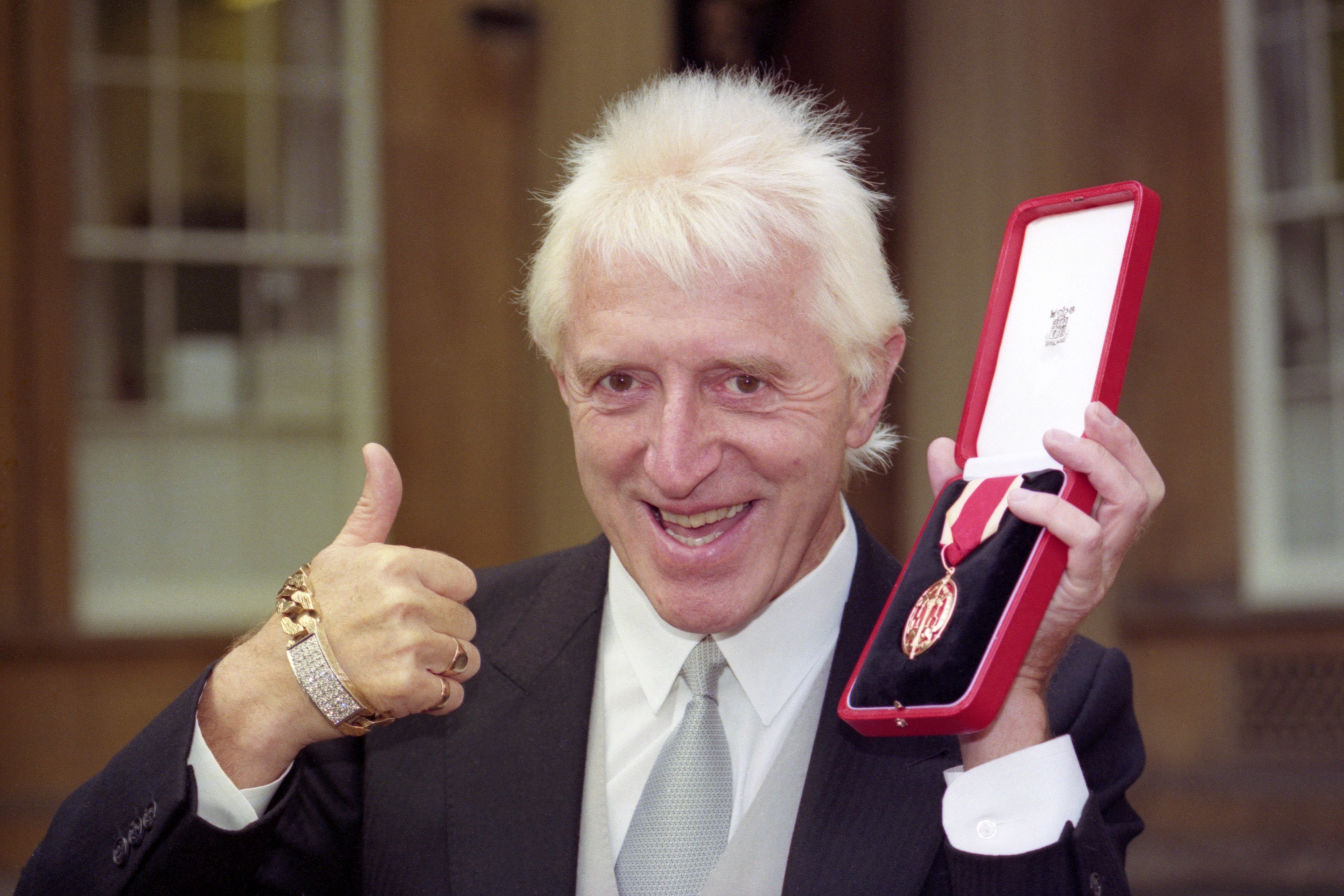
In the same year he was accepted into The Athenaeum, Savile was joined by Prince Charles and Princess Diana on the steps of Stoke Mandeville Hospital for the official opening of the new National Spinal Injuries Centre. It was the climax of a nationwide fundraising campaign that sealed his reputation as the nation’s most tireless charity worker.
It was an achievement that prime minister Margaret Thatcher, who invited him to join her for Christmas lunch at Chequers, was determined to reward with a knighthood. She was eventually successful in her final honours list in 1990.
Thatcher called him “a stunning example of opportunity Britain, a dynamic example of enterprise Britain and an inspiring example of responsible Britain.”
After the outgoing prime minister got their wish, Savile was interviewed by Lynn Barber for the Independent on Sunday. Aware of the dark rumours which hung around him despite his “good works”, Barber wondered why it had taken so long for him to become a Sir. His response was telling: “It was a ginormous relief to get the knighthood because it got me off the hook.”
By this point in his life, Savile’s quest to infiltrate the very highest echelons of power was almost complete. At a previous meeting at his flat in Leeds, he’d told me more about his relationship with the royal family, which saw him become what Princess Diana described as a “mentor” to her husband.
In 1990, he was tasked with acting as a go-between as divisions deepened in the royal household. Dickie Arbiter, who was employed by Prince Charles to handle his media relations, revealed that Savile “was brought in by an aide as a sort of ‘Jim’ll Fix It’ to fix the state of the marriage.”
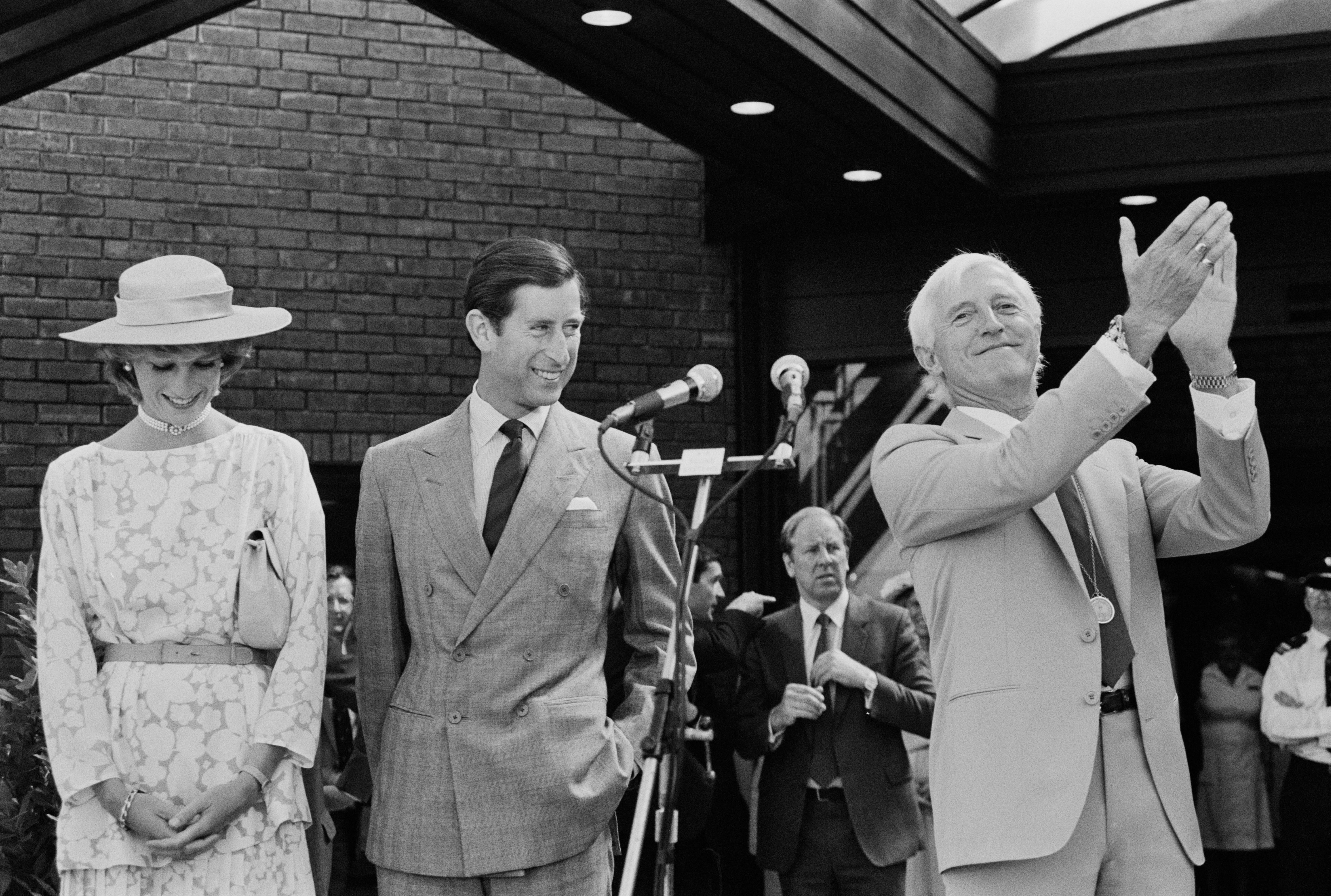
Over six years, I repeatedly questioned Savile about the inescapable chatter about underage sex, rumours that almost everyone, including the Honours Committee, were aware of. Why, given his reputation for charity work and dream fulfilment as the host of BBC’s Jim’ll Fix It, did they persist? He had different ways of rebutting them, many that seemed to begin with the suggestion of guilt and then work their way backwards to a denial. The fact that he had never been publicly exposed was his most reliable defence.
I also pressed him on the influence he exerted in circles of power. “It was all part of my odd ways of going on,” he told me one night at his penthouse flat in Leeds. “People don’t realise I’m deep cover until it’s too late.”
Hiding in plain sight
Savile succeeded in hiding in plain sight which was also the title of the book I wrote about him after his death. It was a book that I struggled to write while he was alive. Initially, he was extremely resistant to the idea of anyone else controlling his narrative. He was slippery, evasive and controlling.
I believe control was something that he, like many sexual predators, craved. It equated to power, something he first experienced in his twenties when seeing the effect he could have on a crowd simply by playing records. “That one person – me – was doing something to all those people,” he said. “And that’s the thing that triggered me off and sustained me for all my days.”
When he graduated to running dance halls in Manchester, London and Leeds, Savile found he was able to manipulate and control pliable local police officers. At a time when he was just starting to curate the outlandish image that would become his trademark, the lunchtime record dances he put on for teenagers provided him ample opportunity to offend.
In one of our interviews, he confessed that the police were suspicious even then. What he told them was typical of how he confronted the rumours throughout his life: “I said to the police chief, ‘You do know that your 16-year-old daughter comes in here, don’t you? Would you rather she was safe here with me or being preyed on by all those scumbags and slags?’”
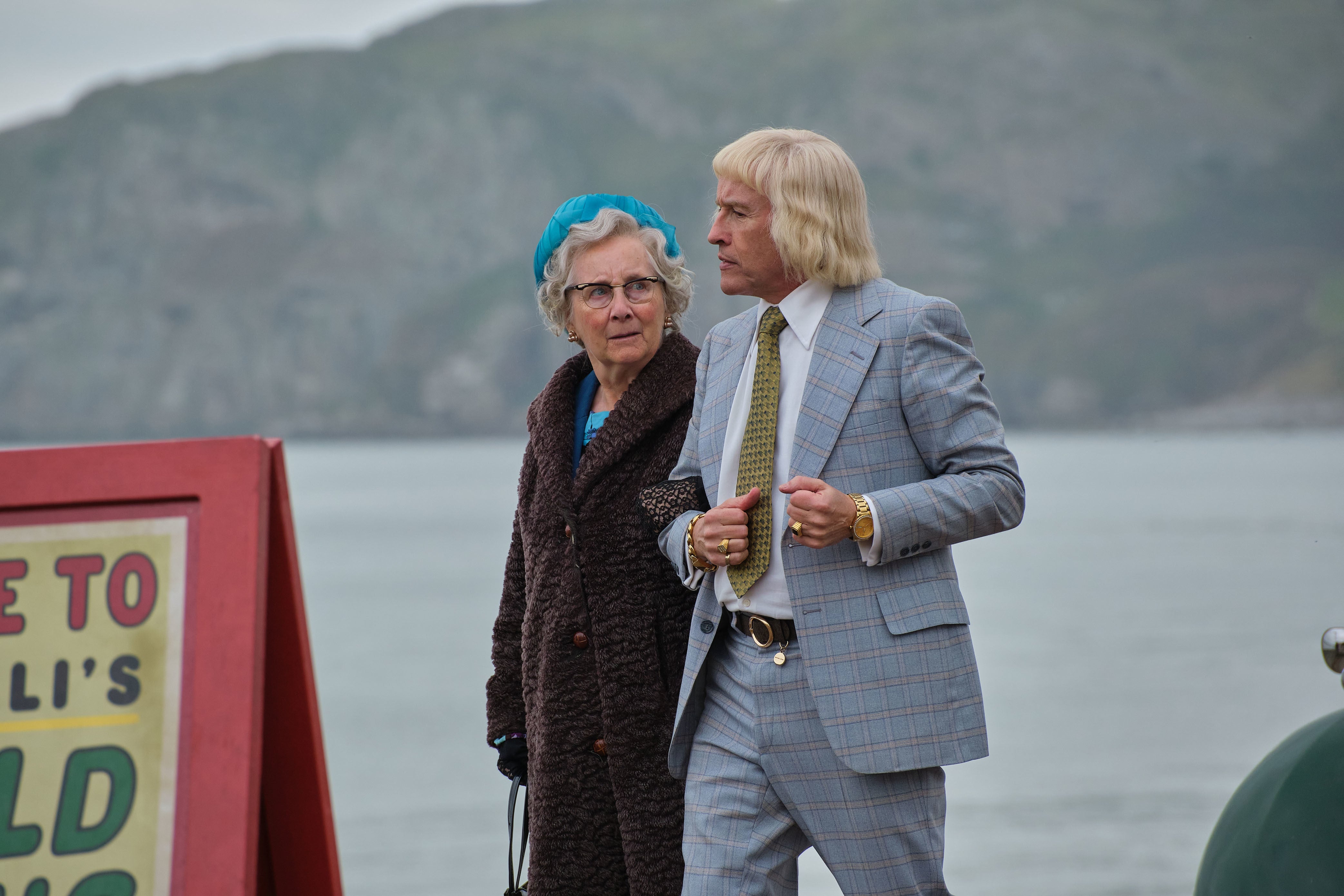
He described to me how many girls were available to him in his early days, before immediately adding “it never occurred to me to take a liberty with them”. When I look back on the time I spent trying to get to the truth, what’s apparent is the high-wire act he pulled off. His tried and trusted modus operandi was to get his story out first, even if it started from a point of guilt.
One of the episodes of the BBC drama The Reckoning covers the 1971 suicide of a 15-year-old girl who claimed to have had sex with DJs after dancing in the studio audience of Top of the Pops. The BBC launched its own private inquiry into the matter and Savile was one of only two presenters of the show to publicly address the glut of negative headlines.
On the eve of the inquest into the girl’s death, he gave an interview to a national newspaper in which he said: “Many a time I have dated a good-looking girl I have met on the show. But what I say to them is ‘Ask your folks if I can come round for tea.’ I much prefer being with a family, with a pretty girl in the centre, than a session in the back of my car. For one thing, you can’t see how pretty the girl is in the back of my car.” He was 44 years old when he said this.
Savile claimed not to remember the girl, but stated that his dressing room at Top of the Pops was a “weekly meeting place of 20 to 30 people”. He said there was a “popular misconception” that girls were only interested in sex, claiming the “younger ones, the 14- to 16-year-olds, don’t even think about sex.” Getting his side of the story out first, through the newspapers, his radio and TV shows, and the bizarre books that he authored, always involved reminding the nation what a trustworthy, family-friendly, figure of fun he was.
It became dogma, an insurance policy: admit to just about everything – charming the parents, taking young people for a ride in his car, inviting teenagers into his dressing room at the BBC, his motorhome and his flats. When I pushed him on his attitude to sex, his mantra was always “it was all a bit of fun”.
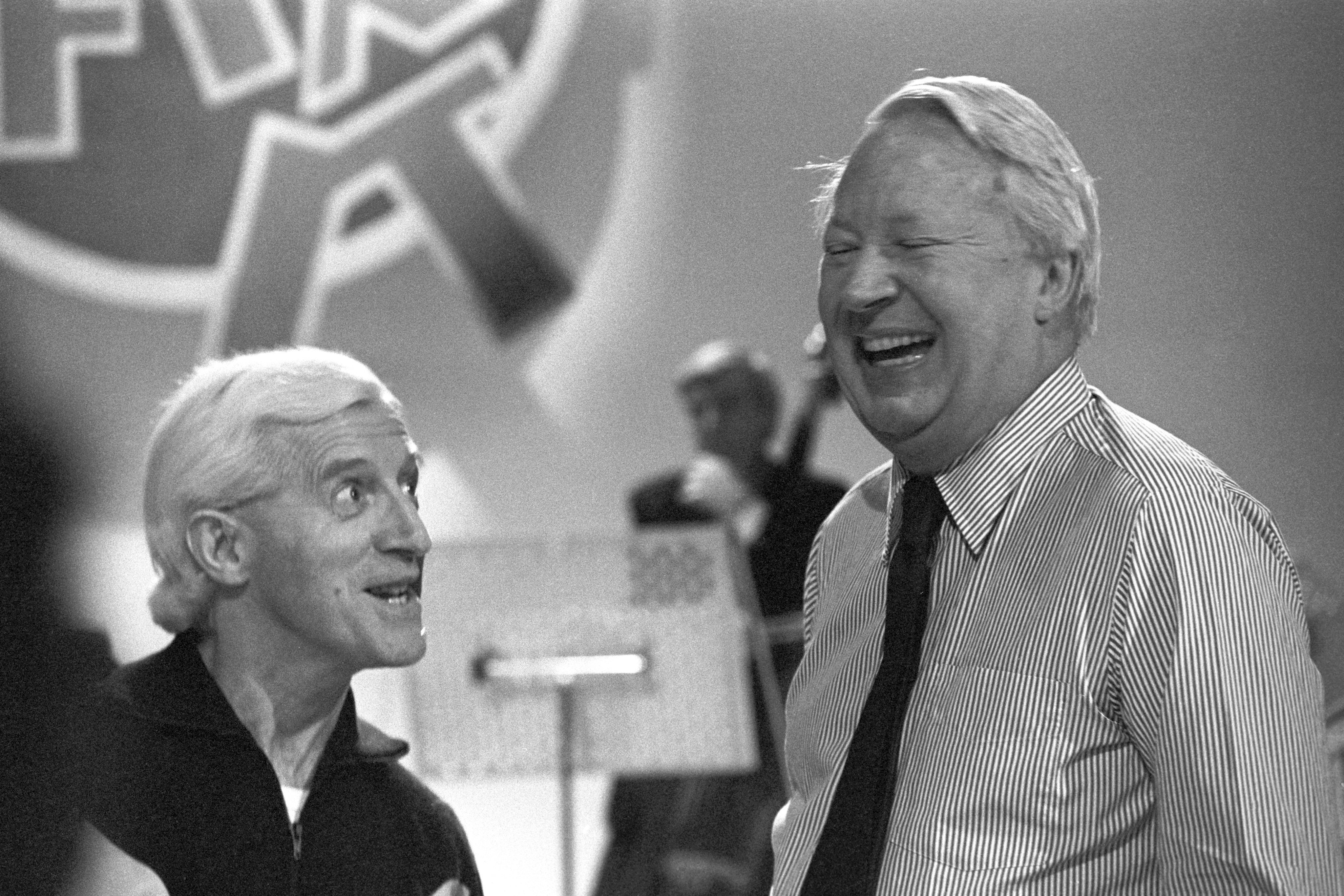
In the period I interviewed him, the “fun” mask had slipped to reveal an old, unhealthy and solitary man who seemed to quietly seethe about the fact he was no longer in the limelight. Dismissed by many as a creepy relic from a bygone era, he had an enormous ego – another aspect of his character that he completely denied.
I was not interested in regurgitating the same old stories that he had spun for interviewers over the preceding four decades. I wanted to know how someone who had turned themselves into a heat-seeking missile for publicity remained so utterly unknowable. At first, he was blunt in closing down avenues that he did not want me to explore, but over time he began to offer chinks of what lay beyond.
I now believe that these conversations were the continuation of a game he had played for years, a twisted thrill. He figured very early on that nobody was going to touch him. He was worth too much to the people he worked for and, as his charitable efforts intensified, to the people who ran the country.
God’ll Fix It
The extraordinary thing is that it was all there to see. In 1979, at the height of his fame, Savile wrote a book titled God’ll Fix It. This slim volume outlining his bizarre views on faith was published eight years after he’d been asked to host Speakeasy, a talk show for teenagers that was produced by the BBC’s religious department. One paper at the time described Savile as the “spearhead” of the BBC’s religious programming.
The book is as close as Savile got to a mea culpa. In a chapter near the end, he admitted to being “an abuser of things, and bodies, and people” and acknowledged that he took advantage of women: “That shows you that the forces of evil are causing me to do something which, on reflection, I would rather not have done,” he argued.
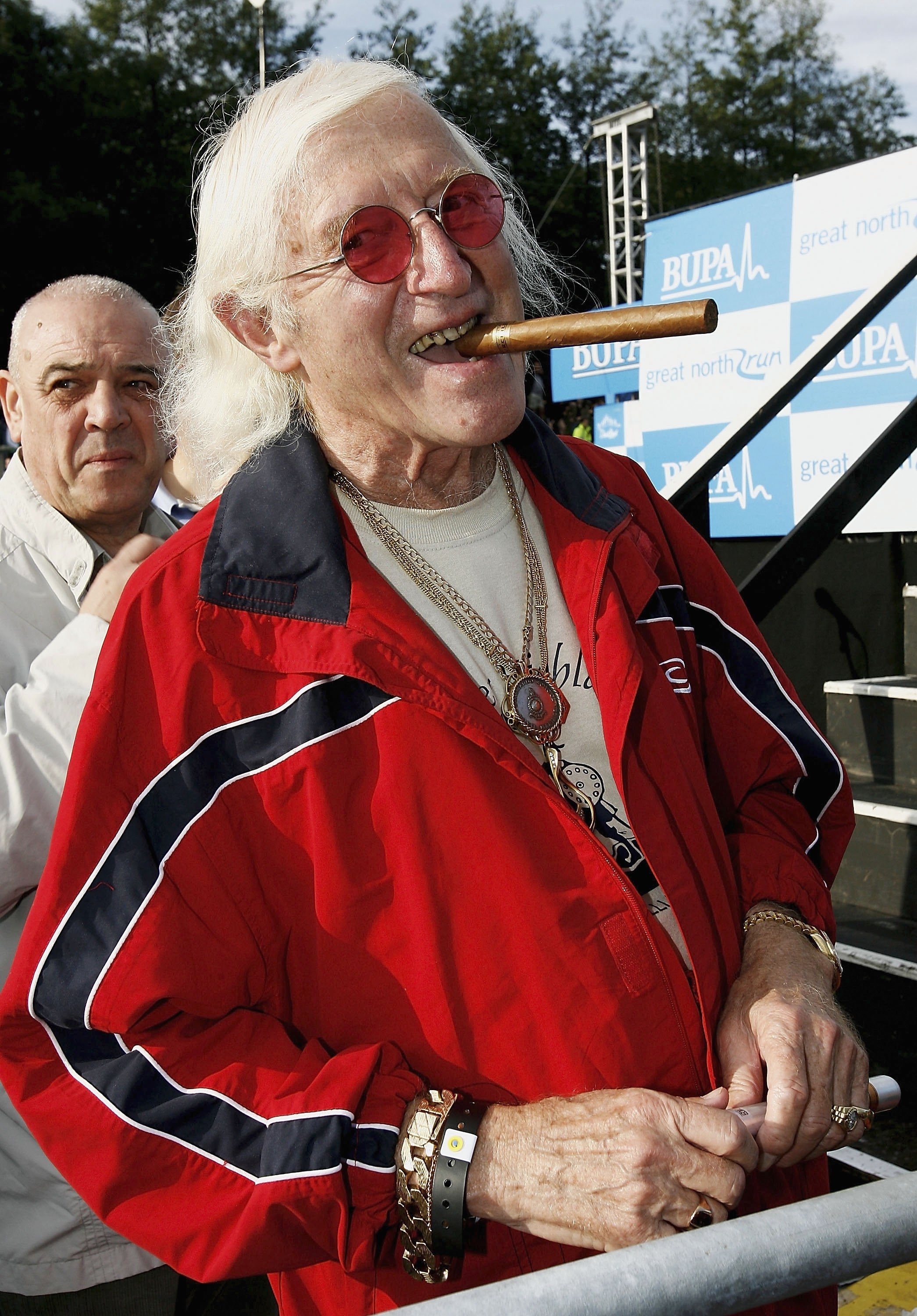
Savile always told me that he never settled down or got married because it would give him “brain damage”. He also said looking after his mother meant he had no time to devote to a relationship.
His promiscuity was something that he openly discussed down the years. “I have a very busy sex life,” he told one reporter in the early Eighties. “As long as the circumstances are right and it’s not hurting anyone. It has got to be a natural progression – not just an animal rushing about, a farmyard rutting.” It was not the only time he referred to himself as an animal when discussing sex.
What’s most revealing, though, is how he weighed his actions. He argued that his good works put him in credit, even given the list of crimes he had committed. In mitigation of his offering, he wrote, “It could be that the person arriving at the judgement seat had been given a body prone to excesses because the glands dictated that he should be more than was really normal.”
His view seemed to be that the more charity work he did, and was seen to do, the more he’d be able to offset his “sins of the flesh”. On more than one occasion, he told me that if Saint Peter denied him access to heaven, he would “break his bloody fingers”.
He died two days before his birthday. I was unaware that he’d been ill. At our last interview, a little under a year before, he’d said things that made me deeply uncomfortable, including defending Gary Glitter, who had been convicted for child sex abuses.
I left his flat overlooking Scarborough Bay feeling as disorientated and unsure as I’d felt throughout all the years I’d been interviewing him. In that time, he’d offered me the merest glimpses of the real man beneath.
When I learned of his death, I felt a mixture of anger, sadness and frustration. I attended his three-day funeral, which began at Leeds Cathedral and ended with his gold coffin being lowered into a grave dug at a slope. It was later marked with a giant gravestone bearing the epitaph “It was good while it lasted”. Less than a year later, the gravestone, like his legacy, was reduced to rubble.
What emerged instead was the truth, something that I had continued to seek in interviews with people from his past and the many different compartments of his life. Many of those people were intimidated by him and, I believe, would not have spoken to me without first checking with him. If there had been any possibility of them offering an alternative portrait to the picture he had honed and protected, he would have closed it down.
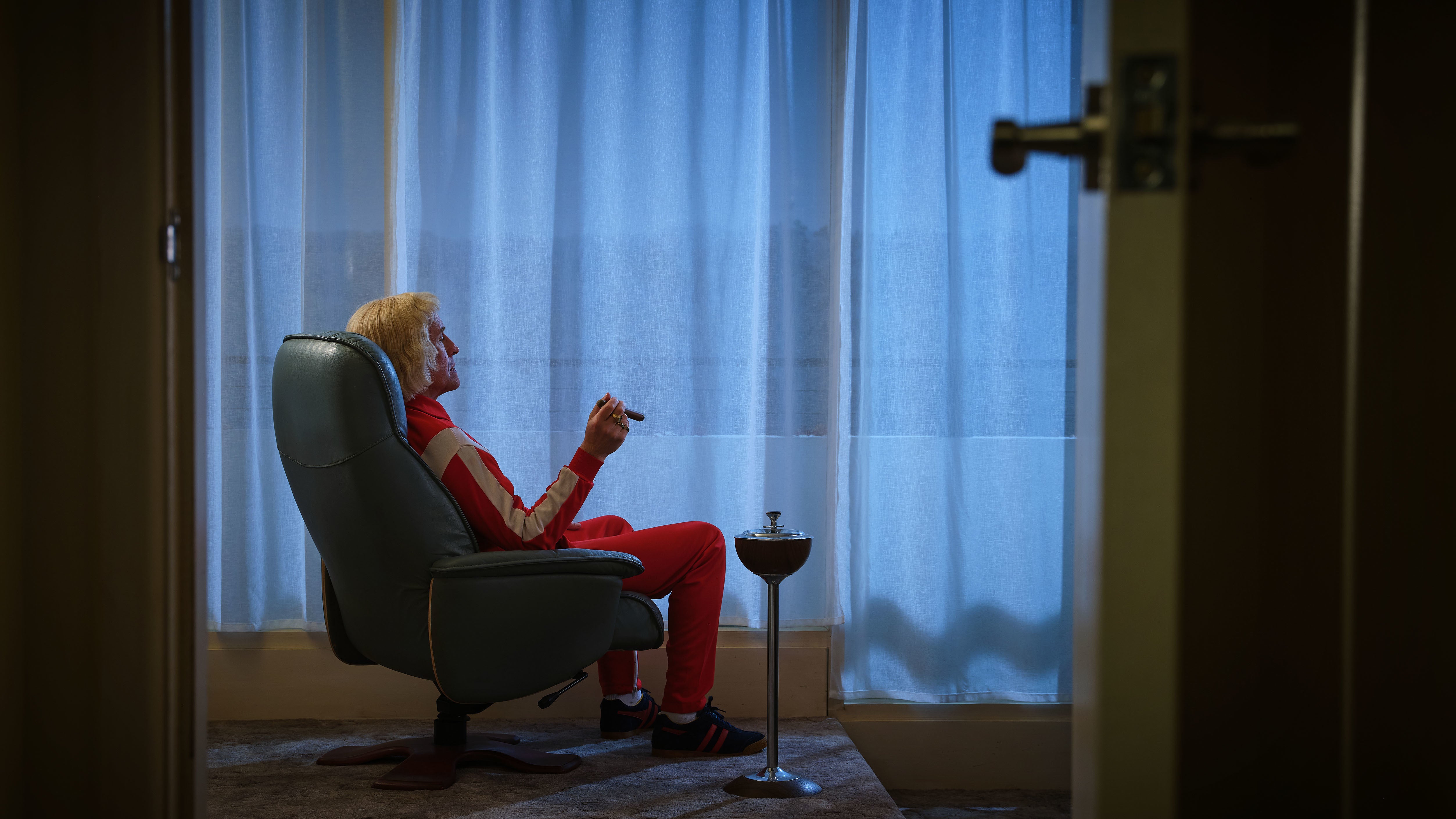
I also interviewed other people who had tried to unmask him, like Meirion Jones, whose Newsnight investigation was famously shelved by the BBC. Jones told me he had been tracking Savile for years after witnessing him drive girls off the grounds of Duncroft School during visits to see his aunt, the school’s headteacher, as a teenager. What I did not have at that point was a survivor who would go on the record. Some eventually spoke to ITV, whose expose a year later finally tore down the curtain of deceit that concealed Savile for years.
Whether a reckoning can ever truly take place is another matter. The pain Savile inflicted is still felt. It is most acute among those that he abused, but the toll he took is felt right across society, including the institutions and individuals he manipulated into believing they were doing something for the greater good when all they were doing was unknowingly helping build a stronger wall for a predator to hide behind.






Join our commenting forum
Join thought-provoking conversations, follow other Independent readers and see their replies
Comments